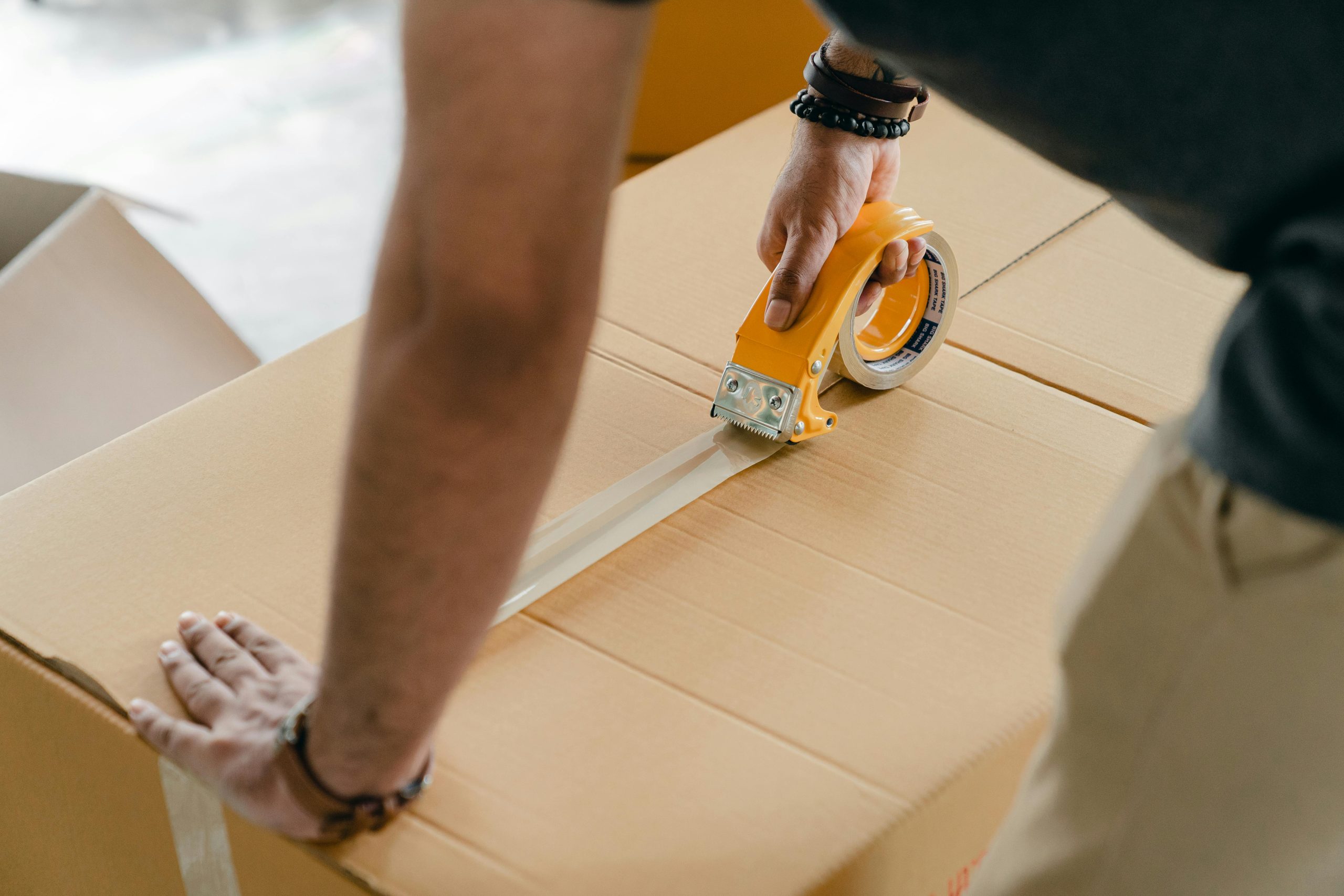Effective Strategies for Managing Personal Property Loss After a Natural Disaster
Experiencing the destruction of a historic home is devastating, especially when it results from a powerful event like a tornado. Recently, residents of St. Louis faced such a situation when a severe EF3 tornado caused widespread damage, including the loss of a 125-year-old residence. In the aftermath, homeowners often grapple with the daunting task of documenting and claiming personal property losses.
One challenge that arises is how to efficiently and accurately manage inventory for insurance claims. When substantial amounts of belongings—sometimes thousands of items—are contaminated or destroyed, the process of cataloging each item can seem overwhelming. This is especially true when the items contain hazardous materials such as lead or asbestos, which complicate cleanup and disposal efforts.
Typically, insurance companies will send a crew to conduct an inventory and assign value to your belongings. However, many homeowners seek alternative methods to streamline the process. For instance, some prefer to document their possessions meticulously through photographs, creating a detailed line-by-line inventory that includes estimated replacement costs. This proactive approach can sometimes offer better control over the claims process and ensure that every item is accounted for accurately.
If you find yourself in a similar situation, consider whether there are efficient methods to document your possessions without solely relying on the insurance company’s assessment. High-quality photos, organized lists, and, where possible, receipts can serve as valuable evidence to support your claim. Engaging a professional appraiser or utilizing inventory management tools may also provide additional assurance and facilitate a smoother claims process.
While the path to recovery after such a disaster can be complex and emotionally taxing, understanding your options and preparing thoroughly can help expedite the restitution of your losses. Remember, consulting with your insurance provider and possibly seeking legal advice can ensure you navigate the claim process effectively.
In summary:
– Document belongings systematically with photos and detailed lists.
– Consider professional appraisals or inventory services for large personal property collections.
– Understand the limitations and benefits of insurer-led inventories versus self-managed documentation.
– Prioritize safety and proper handling of contaminated items, engaging expert assistance as needed.
Facing the aftermath of a natural disaster is challenging, but being informed and prepared can make the recovery journey more manageable.



